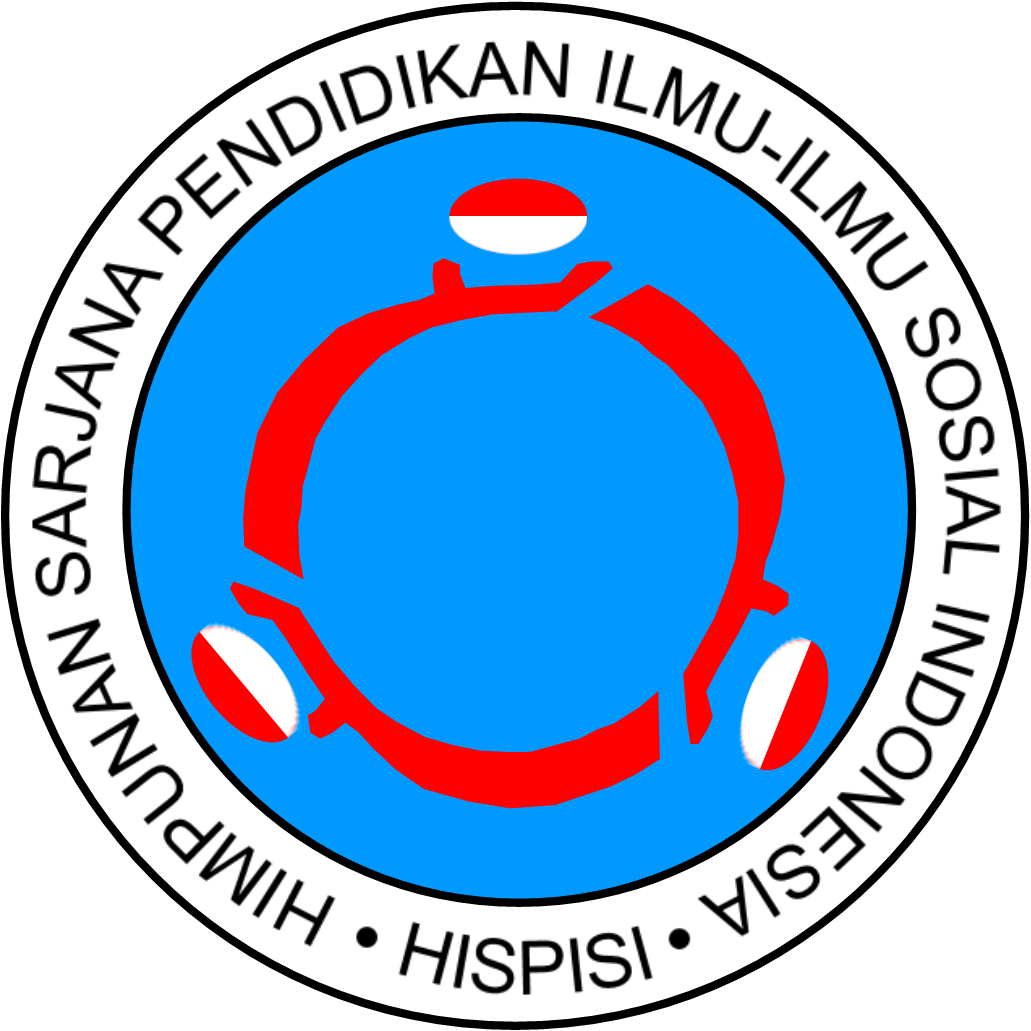Senior high school students in Ghana and their labor market aspirational Gap
Abstract
This study aimed to identify the variables affecting senior high school students (SHS 3) labor market aspirations in Ghana. This investigation was led by a quantitative paradigm. A simple random sampling approach of 445 SHS students was sampled for the study. In this study, a questionnaire was utilized. To analyze the data, the main statistical tools employed were percentages, and contingency coefficients using IBM SPSS version 26. From the finding of the study, it appears that students' demographic traits have a direct bearing on their labor market aspirations. Moreover, the majority of SHS 3 students are drawn to the public sector, even though different demographic factors influence both the sort of work that students want to pursue and the economic sector in which they want to work. Furthermore, SHS students are not drawn to some of Ghana's most pressing labor demands. The implications of the findings and practical considerations are discussed in the study.
Keywords
Full Text:
PDFReferences
Abdelkerim, A. A., & Grace, M. (2012). Challenges to employment in newly emerging African communities in Australia: A review of the literature. Australian Social Work, 65(1), 104-119.
Anyon, J. (2017). Social class and the hidden curriculum of work. In Childhood socialization (pp. 369-394). Routledge.
Awad, A. (2019). Economic globalisation and youth unemployment–evidence from African countries. International Economic Journal, 33(2), 252-269.
Awad, A. (2020). From school to employment; the dilemma of youth in Sub–Saharan Africa. International Journal of Adolescence and Youth, 25(1), 945-964.
Baah-Boateng, W. (2015). Unemployment in Africa: how appropriate is the global definition and measurement for policy purpose. International Journal of Manpower, 36(5), 650-667.
Bahmani, S. (2011). The global impact of worldwide unemployment rates. International Advances in Economic Research, 17(2), 236-237.
Camiré, M., Trudel, P., & Forneris, T. (2009). High school athletes’ perspectives on support, communication, negotiation and life skill development. Qualitative research in sport and exercise, 1(1), 72-88.
Chand, K., Tiwari, R., & Phuyal, M. (2017). Economic growth and unemployment rate: An empirical study of Indian economy. Pragati: Journal of Indian Economy, 4(2), 130-137.
Cropper, M., & Griffiths, C. (1994). The interaction of population growth and environmental quality. The American Economic Review, 84(2), 250-254.
Dibeh, G., Fakih, A., and Marrouch, W. (2019). Employment and skill mismatch among youth in Lebanon. International Journal of Manpower, 40(8), 1438-1457.
Feldmann, H. (2009). The unemployment effects of labor regulation around the world. Journal of Comparative Economics, 37(1), 76-90.
Fox, L., Senbet, L. W., & Simbanegavi, W. (2016). Youth employment in Sub-Saharan Africa: Challenges, constraints and opportunities. Journal of African Economies, 25(suppl_1), i3-i15.
Hall, C., Dawson, T. P., Macdiarmid, J. I., Matthews, R. B., & Smith, P. (2017). The impact of population growth and climate change on food security in Africa: looking ahead to 2050. International Journal of Agricultural Sustainability, 15(2), 124-135.
Hamza, A. (2010). International experience: An opportunity for professional development in higher education. Journal of Studies in International Education, 14(1), 50-69.
Hoff, K., Van Egdom, D., Napolitano, C., Hanna, A., and Rounds, J. (2022). Dream jobs and employment realities: How adolescents’ career aspirations compare to labor demands and automation risks. Journal of Career Assessment, 30(1), 134-156.
Holechek, J. L., Cibils, A. F., Bengaly, K., & Kinyamario, J. I. (2017). Human population growth, African pastoralism, and rangelands: A perspective. Rangeland ecology & management, 70(3), 273-280.
Kovacheva, S., & Pohl, A. (2007). Disadvantage in youth transitions: constellations and policy dilemmas. Social Inclusion for Young People: breaking down the barriers, 31-42.
O’Halloran, D., Farnworth, L., Innes, E., & Thomacos, N. (2018). An occupational perspective on three solutions to unemployment. Journal of Occupational Science, 25(3), 297-308.
Mann, K. V. (2011). Theoretical perspectives in medical education: past experience and future possibilities. Medical education, 45(1), 60-68.
Nafukho, F. M., Hairston, N., & Brooks, K. (2004). Human capital theory: Implications for human resource development. Human Resource Development International, 7(4), 545-551.
Richter, L., & Panday, S. (2007). Youth in Africa: participation and protection. Africa Insight, 37(3), 291-307.
Tomlinson, J. (2001). The basic solution to unemployment [Debate.]. Australian Journal of Social Issues, The, 36(3), 237-247.
Ukpere, W. I. (2011). Globalisation and the challenges of unemployment, income inequality and poverty in Africa. African Journal of Business Management, 5(15), 6072.
Veselinović, L., Mangafić, J., and Turulja, L. (2020). The effect of education-job mismatch on net income: evidence from a developing country. Economic research-Ekonomska istraživanja, 33(1), 2648-2669.
WHO/ILO work-related burden of disease and injury: protocol for systematic reviews of occupational exposure to dusts and/or fibres and of the effect of occupational exposure to dusts and/or fibres on pneumoconiosis. Environment international, 119, 174-185.
Wiswall, M., and Zafar, B. (2021). Human capital investments and expectations about career and family. Journal of Political Economy, 129(5), 1361-1424.
DOI: https://doi.org/10.17509/jpis.v32i2.58298
Refbacks
- There are currently no refbacks.
Copyright (c) 2023 Universitas Pendidikan Indonesia (UPI)

This work is licensed under a Creative Commons Attribution-ShareAlike 4.0 International License.















